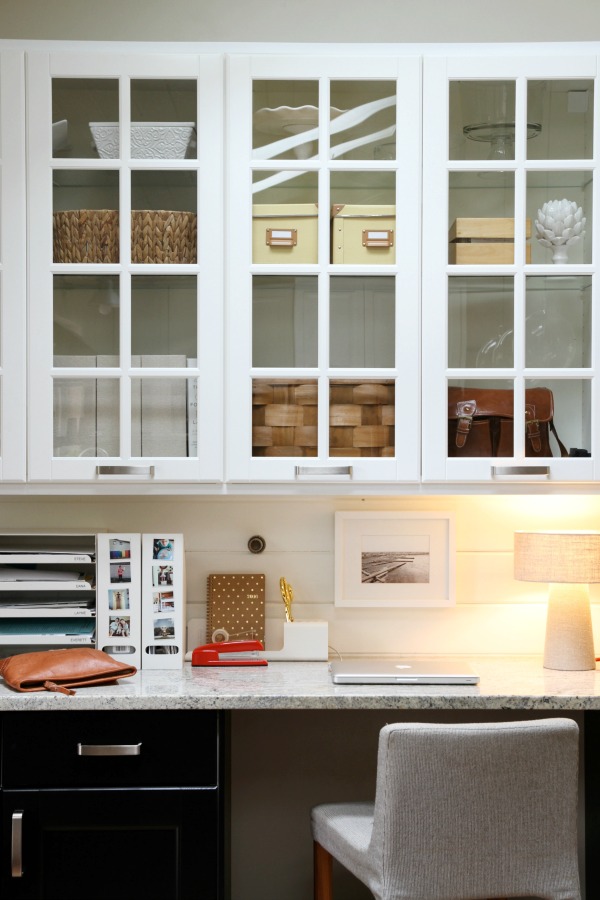
Since downsizing I’ve been asked more than once to share how we handle all the mail, bills, school communication and other paperwork that comes into our home. In all honesty, it takes daily effort and diligence to avoid paper miscellaneous from piling up. But! We have an efficient system in place that makes the task feel less daunting, and it only requires a few minutes of our attention each day. I think the easiest way to share what we do is to document the paper trail to and through our home. Spoiler alert: IKEA is one of my favorite sources for small organizational items. Let’s get started!
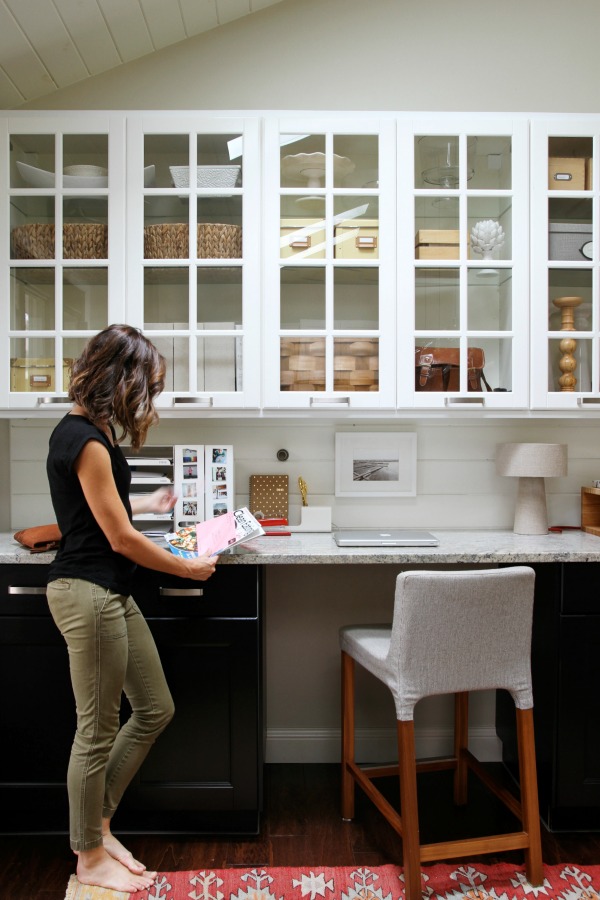
It all starts with filtering what makes it into our mailbox. When we first moved to the city we live in now, we were bombarded with junk mail: catalogs, flyers, coupon mailers, pre-approved credit offers, phone books, etc. Since then, I’ve become adept at noting unwanted mail that shows up in our mailbox then quickly going online and opting out of receiving it again. In the beginning, I was opting out of stuff quite often, but now that it’s under control I maybe opt out of mailings just a few times a year.
A few sites I’ve used to opt out of the majority of junk mail are:
www.optoutprescreen.com To stop receiving pre-approved financial offers. You can opt out for five years or permanently. FYI – If there is more than one adult living under your roof, each adult will need to opt out individually.
dmachoice.thedma.org To stop receiving unsolicited commercial mail from many national brands for a five year period. I’m all for coupons, but I only want coupons for items I would buy regardless of coupon savings. I find that most of the brands and chain restaurants represented in commercial mail aren’t places we normally frequent. Instead of receiving gobs of useless coupons by mail, we usually opt for frequent visitor cards, online coupons and savings apps for stores we normally visit.
www.valpak.com/coupons/show/mailinglistsuppression and www.redplum.com To stop receiving bulk coupon mailers from smaller brokers not registered with the DMA. Mailings from smaller brokers tend to vary depending on your location. These are two of the more popular ones in my area. If you continue to receive coupon offers long after you’ve opted out via the DMA, go straight to the source by googling the broker’s name on your mailings to opt out.
www.yellowpagesoptout.com To opt out of telephone directories in your area. (I can’t believe these still exist!)
Opting out of just these five mass mailers reduces our junk mail by probably 60%-70%. Beyond these, I’ve contacted specific companies directly to opt out of unwanted catalogs. Many catalogs can be viewed online nowadays. Don’t get me wrong. I’m a visual person and I enjoy the tactile process of flipping through a great catalog in hand and gathering tear sheets, but I reserve that guilty pleasure only for my top two or three favorite catalogs. I browse all others online which saves me quite a bit of time and money. No more reading through catalogs like it’s my homework and being tempted to buy stuff I don’t really need or have the space for.
We pay most of our regular monthly bills online automatically via our checking account which deems many physical bills unnecessary. I treat my donation to NPR as a monthly “bill” and have them automatically bill my credit card. As a result, I only receive an annual renewal reminder from them as opposed to several donation requests throughout the year. I’ve called local businesses and churches and kindly asked them to remove my address from their mailing lists. We don’t subscribe to any newspapers, opting to get our news from the radio and online sources instead. Steve and I only subscribe to a few favorite magazines each. I have a hard time reading more than two or three a month before the next issues are out.
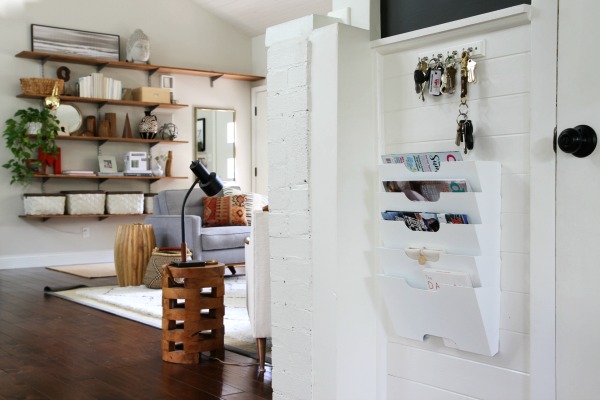
I recently added the KVISSLE magazine rack on a sliver of wall in the mudroom to corral unread magazines, catalogs and stray library books. Before, they kind of traveled all over the house and got lost in the mix. Now, if I have a few minutes to spare or if we’re headed out the door for a long car ride (and Steve is driving, of course) or to an appointment where we might have a wait time, I can quickly grab a glossy and go. No more rummaging around the house trying to find a magazine (I know it’s here somewhere!). No more magazines cluttering horizontal surfaces. Placing the wall rack just below our key hooks makes for a seamless grab-and-go!
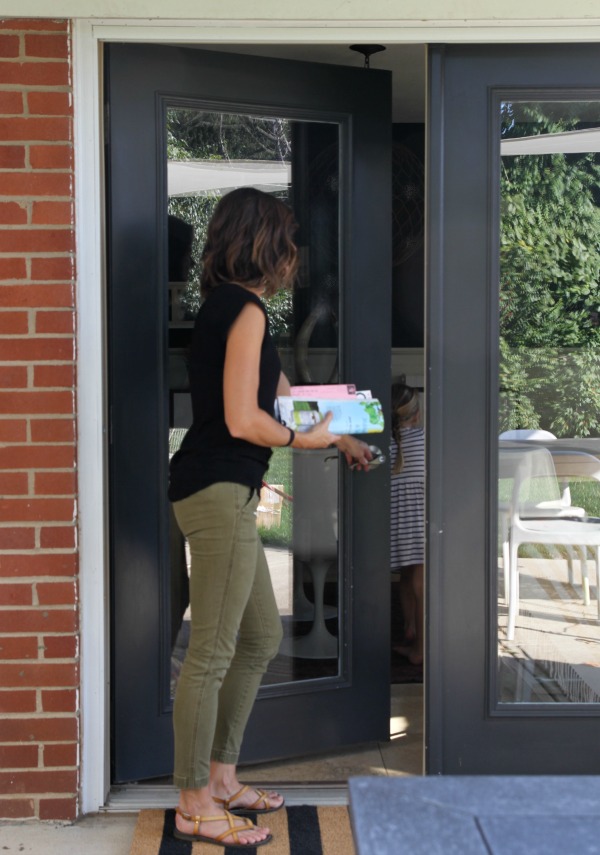
On top of filtering what makes it into our mailbox, I’m also adamant about immediately purging unwanted mail between our mailbox and the back door. On the walk back from the mailbox each day, I make a quick stop at the recycling bin and toss in superfluous junk after noting where it came from so I can opt out of it in the future.
Essentially, by the time any mail reaches our door, it has already been “screened” twice (via opting out and physical sorting) and there’s no need to sort it once inside. I know it reads like an ordeal, but once you get the bulk junk mailings out of the way and take a few seconds to flip through mail just retrieved from the mailbox while still outside, it really runs like clockwork requiring very little time at all.
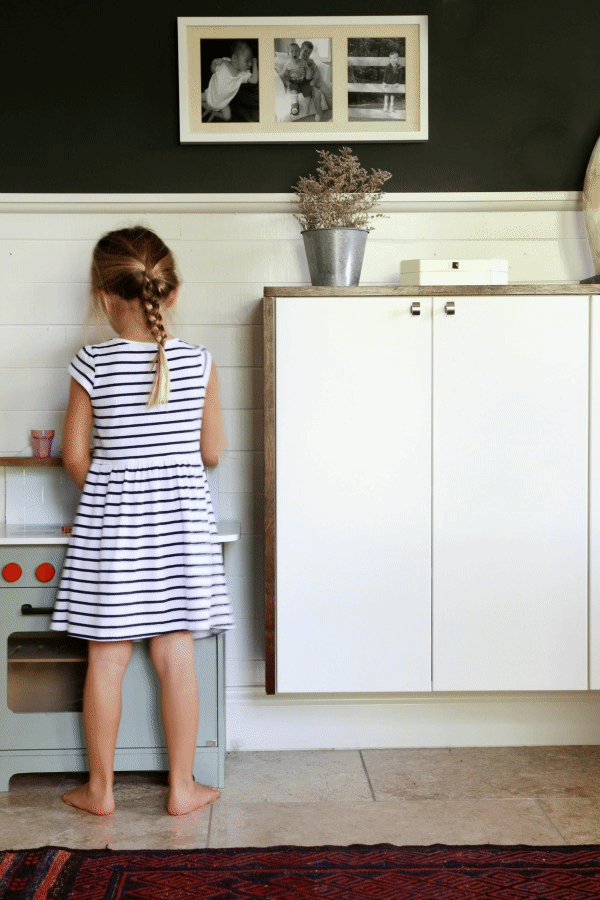
Once inside, I have a strict “no mail on the dining table” rule. One cabinet of the fauxdenza in our mudroom is designated to incoming mail.
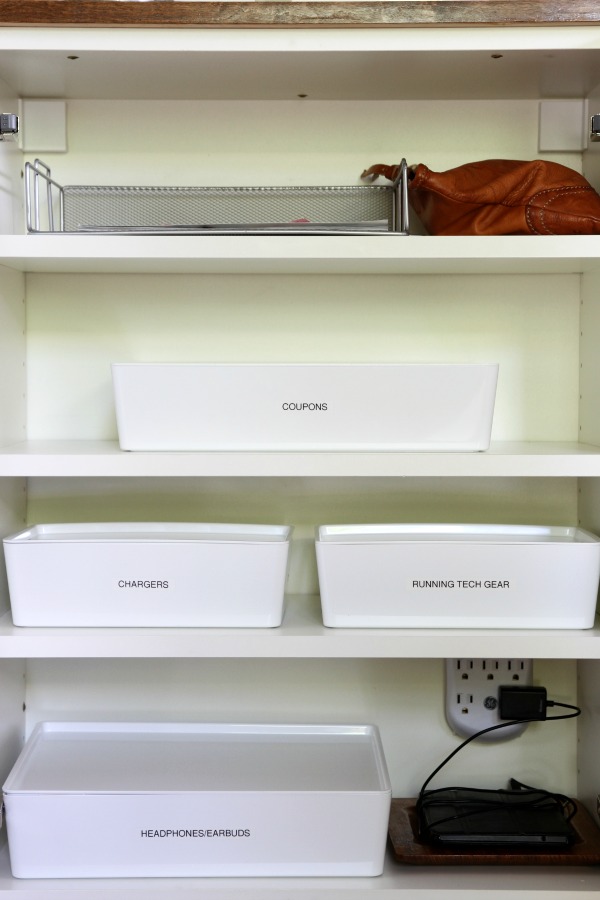
A letter tray on the top shelf holds mail in limbo until it is dealt with at a later time. This usually includes utility and medical bills or cards for the kids. I already mentioned that catalogs and magazines end up in the wall rack. I recently added and labeled several KUGGIS boxes to house coupons and tech accessories and keep them separate from mail. The coupons are simply waiting to be taken out to a folder in the car where I’m more likely to remember to use them. The KUGGIS series is functional and eco-friendly featuring variously sized boxes made from recycled plastic bottles that can be stacked on top of each other to organize paperwork, games, out of season clothing, art supplies, small media, memorabilia, etc.
Before I brought in the KUGGIS boxes, this cabinet was one big tangled mess of mail and wires. I love that the boxes have lids to keep wiry things like chargers, earbuds and headphones under wraps. I find that the kids have an easier time finding and putting things away when bins and labels are involved.
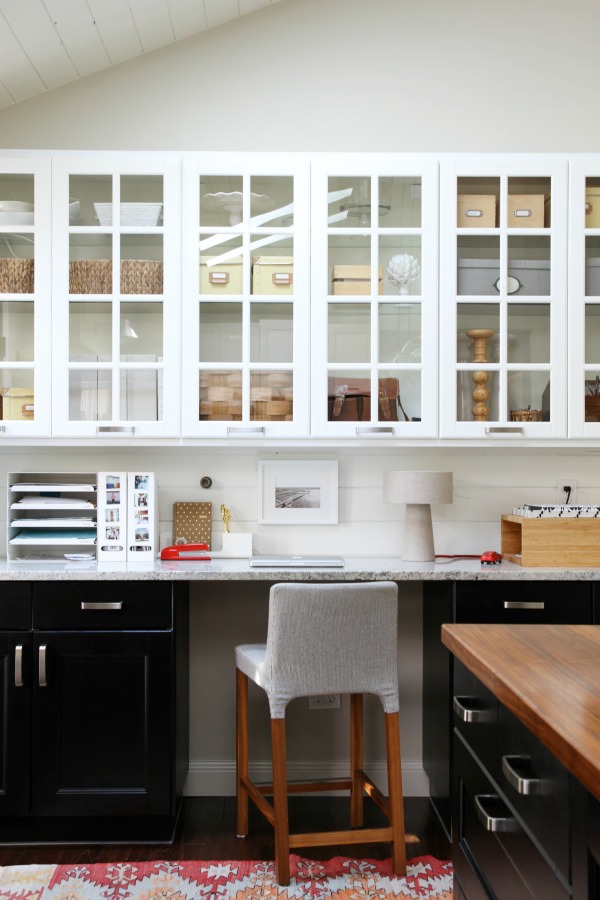
Bills and correspondence that require further attention eventually make their way to the kitchen desk where they’re dealt with appropriately. A recycling pull-out is located at the opposite end of the kitchen near the fridge, and that’s where we discard most paper items.
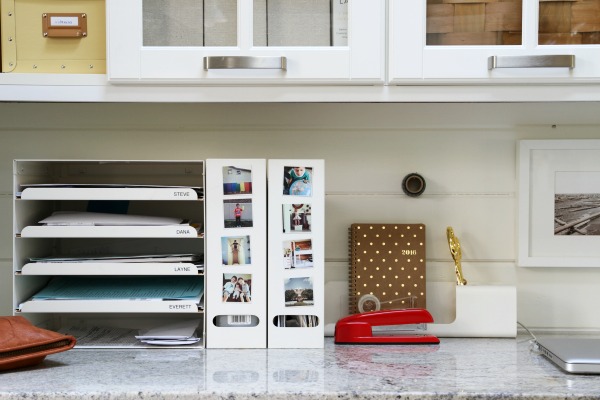
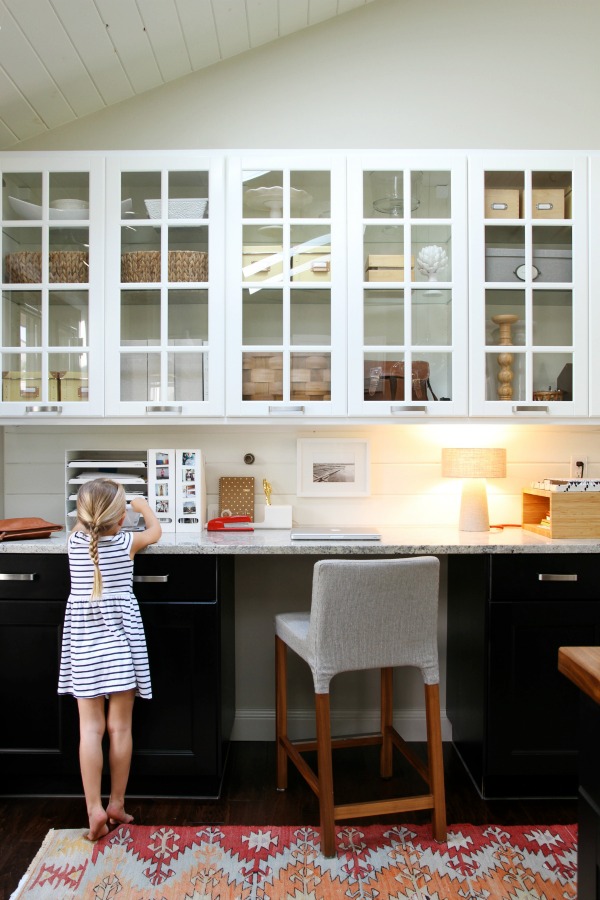
A KVISSLE letter tray holds paperwork that we may need to access within the next month or so: forms to be filled out, receipts, recently paid bills, school calendars, school lunch menus, school pictures to be handed out, kids’ progress reports, fundraising information, etc. They’re mostly things we don’t need to see every day, but they do need to be easily and quickly retrieved when required. Each family member has his/her own tray. (Mabrey’s currently holds two letters to Santa. Ha!) I go through the trays maybe every other month and discard papers that are no longer needed. Again with the labels. I have a passionate but healthy love for my label maker.
A pair of KVISSLE magazine files holds essential oils and favorite recipes. A KVISSLE desk organizer keeps scissors, tape, my planner (#oldschool) and pens within easy reach. If you can’t tell, I fell hard for the KVISSLE series. I’ve had these pieces for more than two years. The steel + cork designs have held up superbly. They’re like brand new. I like displaying tiny photo magnets on the magazine files.
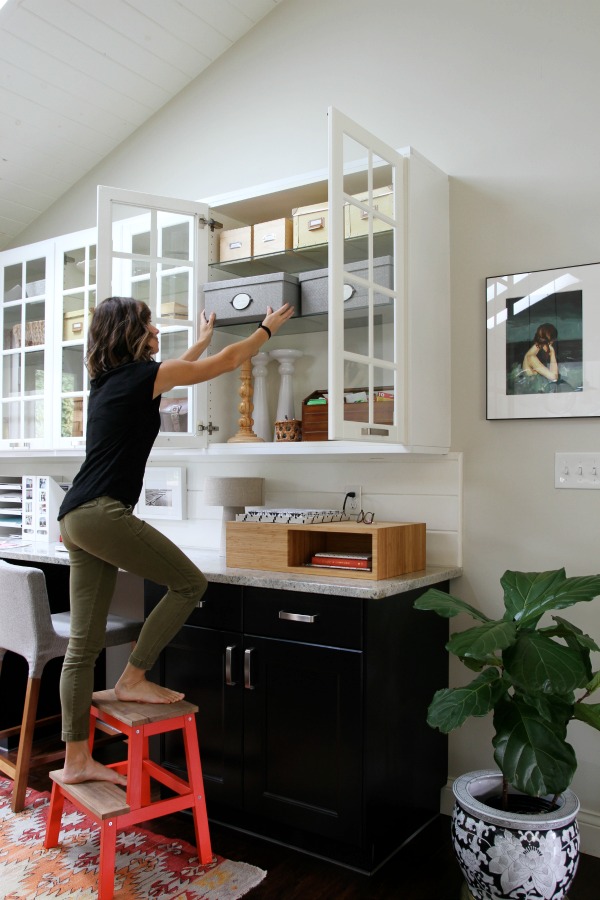
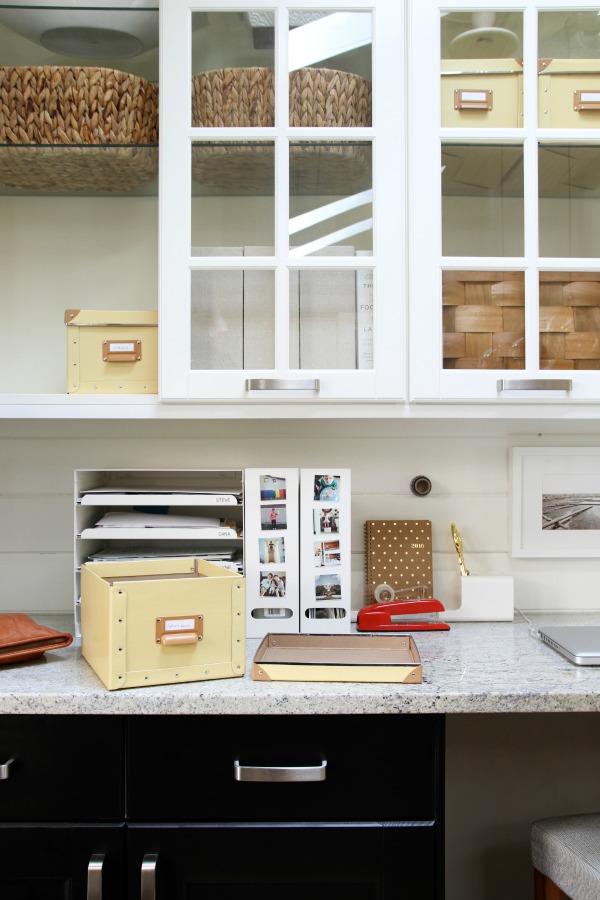
Fortunately, we have plenty of overhead cabinetry that allows us to store important documents for longer periods of time. These are things that we need to keep on hand for a year or more: my pharmacist C.E.s, tax-related paperwork, receipts for tax deductions, vaccination records, etc. The most important legal documents (i.e., Social Security cards, passports, birth certificates, wills, marriage license, insurance policies, etc.) are kept in a fireproof safe elsewhere.
I bought the gray KVARNVIK boxes years ago and still love them. Steve is a bit of a paper hoarder when it comes to saving receipts and paid bills, so I always make sure to have a few boxes on hand for him. He sorts through them eventually. As our family grows, I’m finding that we need less decorative, more functional items in the glass-fronted cabinets. I recently purged a few candleholders I hadn’t used in years to make room for several FJÄLLA boxes. (They’re super easy to assemble, not like the IKEA photo boxes from several years back that were crazy labor intensive.) They’re mostly empty except for a few greeting cards, stamps, markers and vitamins. I like having room to grow. The BEKVÄM step stool gets a lot of action at our house. See how I customized it with paint and stain here.
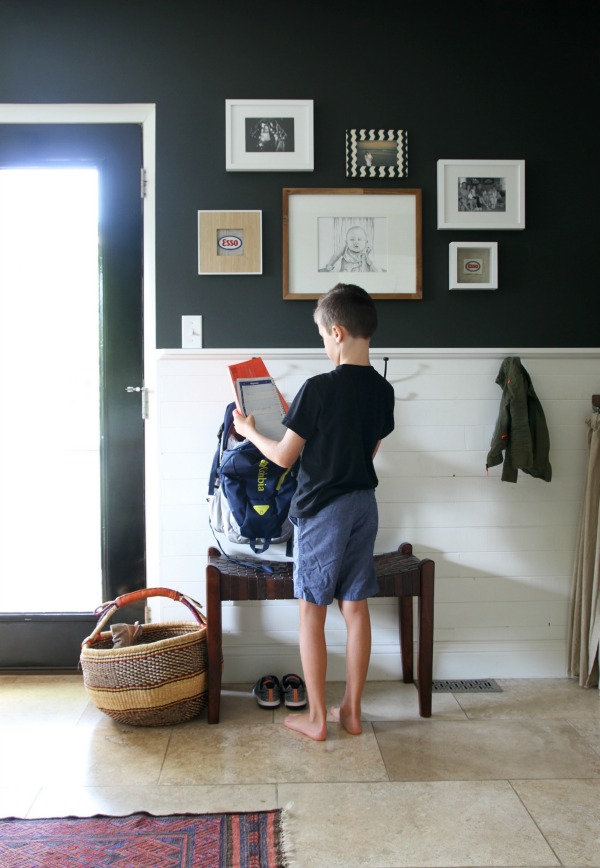
The kids’ school communication is handled much like mail. I opt to receive school newsletters and announcements via email. Layne’s school sends home correspondence once a week on Tuesdays which I LOVE. One shot and I’m done for the week! Everett’s teacher utilizes a classroom text messaging app just for parent-teacher communication regarding class parties, field trips, fundraisers, special events, volunteering, etc. What does end up coming home is sorted and dealt with as soon as possible. I have no tray or bin in place for daily school communication or homework. It’s either in a backpack or being tackled. The boys have the routine down. They hang up their backpacks and immediately get out any homework and their school communication folders. They tend to their homework and eat a snack while I sort and deal with school notices.
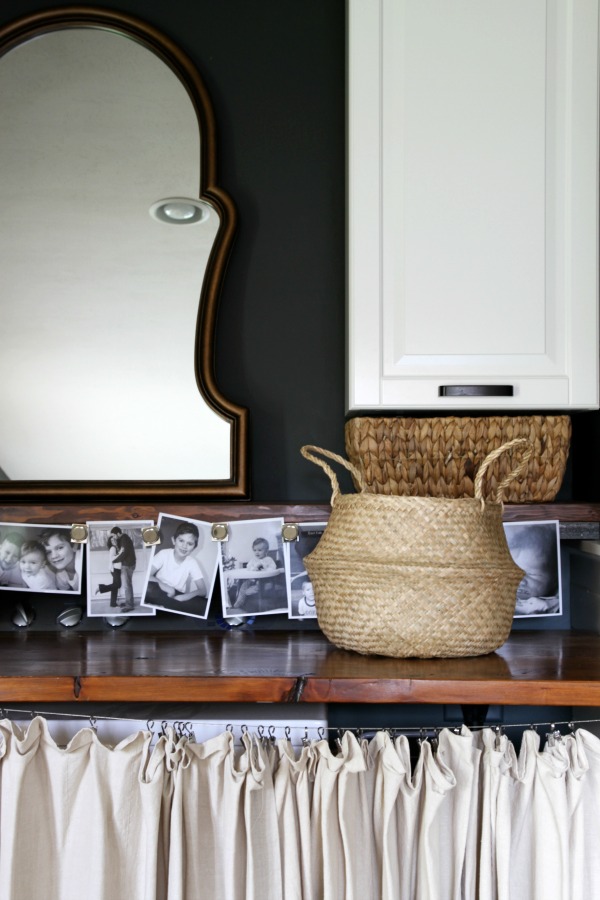
We have one catchall basket in the laundry nook for stashing random items that don’t really have a place elsewhere or were left in pockets of dirty clothes. Right now its contents include origami stars, paper airplanes, paper poppers, several pairs of sunglasses, a baggie of loose coins and a tennis ball I caught from an Andy Murray service fault earlier this summer. (!) Yep, Andy Murray’s DNA is in that basket. I originally stuck a smaller bowl in this spot, but it didn’t take much for it to overflow. I grabbed the larger, taller FLÅDIS basket on my last trip to IKEA so now I can catch all the tennis balls! Haha.
I hope that gives you a little more insight into how we tackle the paper trail in our home. A few key takeaways:
*Opt out of superfluous mail.
*If possible, sort delivered mail before bringing it inside.
*Create a drop zone that isn’t the dining table (or kitchen countertop) to avoid misplacing important mail.
*Use open filing systems for documents needed on a short-term basis. Try a wall rack for unread magazines and catalogs.
*Use lidded boxes or bins for documents needed for longer periods of time. Store important legal documents in a fireproof safe.
*Label trays, bins and boxes to make organization foolproof for the whole family. (I have a Brother P-Touch label maker and love it!)
*Treat school communication like mail. Check with your child’s school to see if they offer an online newsletter or other non-paper communication.
*Tweak the system as your family’s needs change. Keep empty bins on hand and devote one basket to random stuff.
*RECYCLE!
Do you have any tips to share for tackling and organizing the inevitable paper trail?
I am a brand ambassadör for IKEA. This post sponsored in part by IKEA. I received product and payment for this collaboration. IKEA is a registered trademark of Inter IKEA Systems B.V. and is used with permission. The views, ideas and opinions expressed here are my own. Thank you for supporting the brands that support this blog!
images: Dana Miller for House*Tweaking







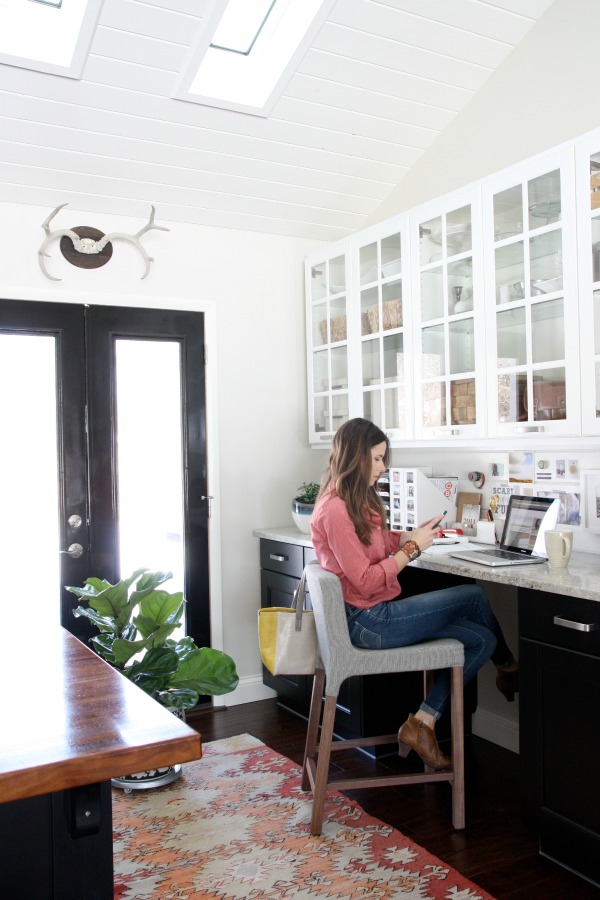

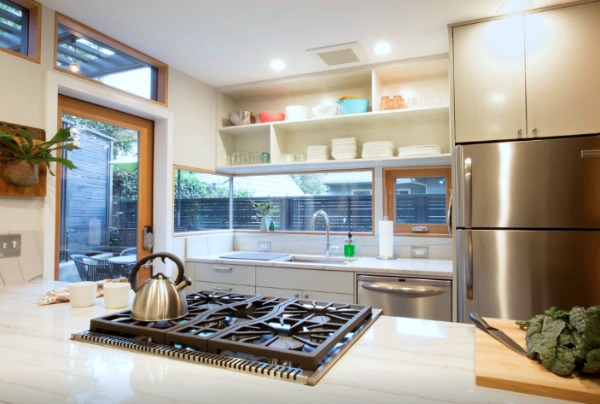

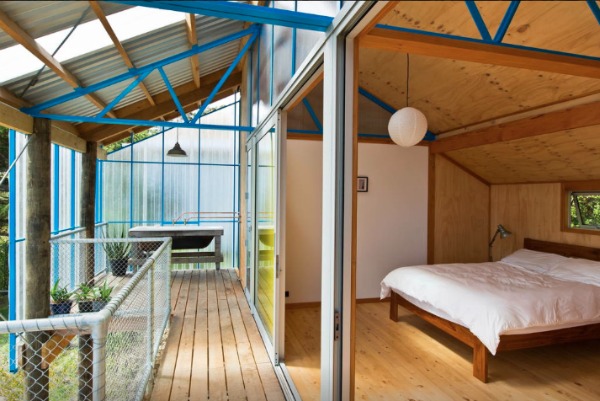
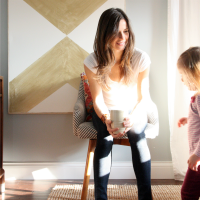








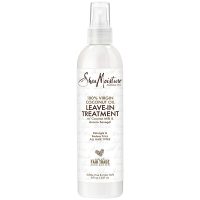
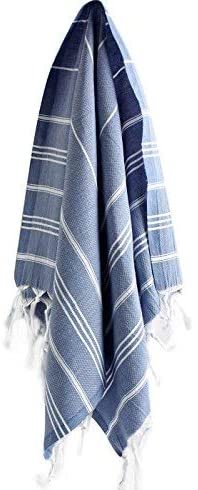
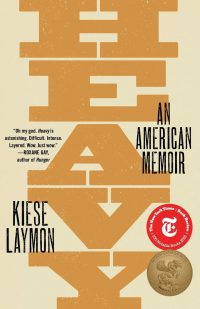
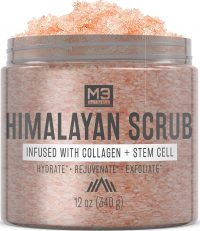
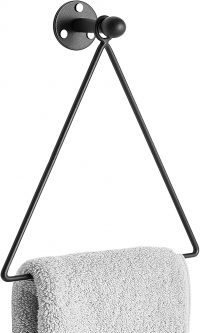

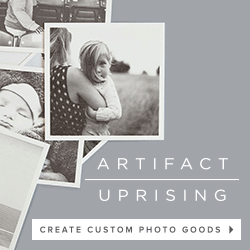



DIY, family life, kid-friendly, organization